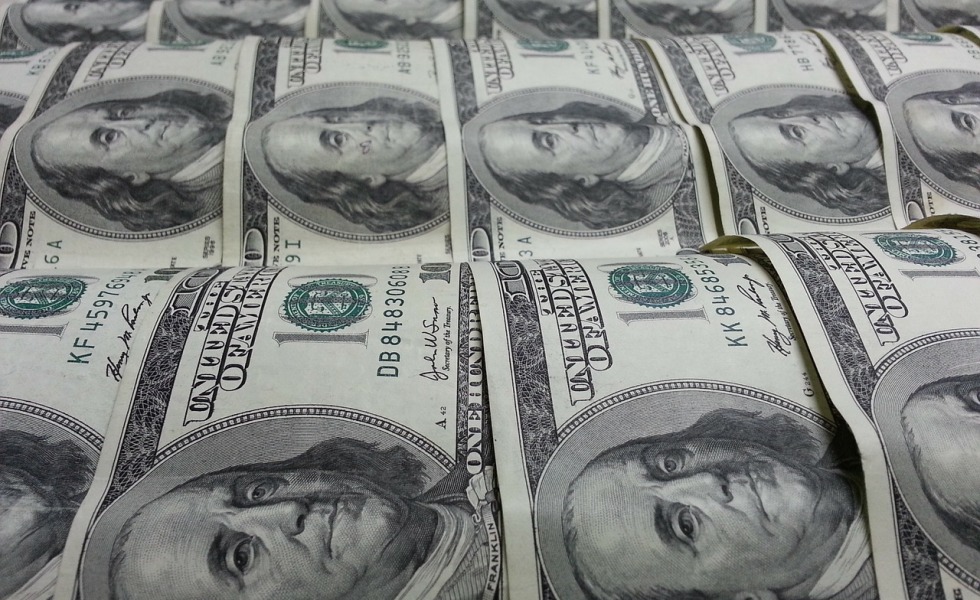For Sale: Cheap Bull
Posted on March 17, 2016

Despite the bile pouring out the nation’s capital, there still are three daily events in Washington, D.C. that every American can count on: sunrise, sunset, and U.S. farm groups’ unwavering support for “free” trade.
In fact, most U.S. farm and commodity groups support free trade so reflexively that nearly every one gave the just-completed Trans-Pacific Partnership (TPP) a full-throated endorsement before the 12-nation deal was made public or even signed.
That’s like buying a bull because it’s a bull, not because of its breed, pedigree, or price.
TPP is like many recent trade deals; it’s mostly about reducing agricultural tariffs in targeted American markets like Japan and Vietnam. Indeed, “Tariff reductions are a core element of the TPP,” declares the Office of U.S. Trade Representative.
But tariff reductions will have little to no benefit for U.S. farmers and ranchers if TPP nations counter cheaper imports with higher subsidies to domestic producers, as Japan recently announced.
“In a set of measures to cut the impact of trade liberalization under the planned Trans-Pacific Partnership accord,” reported The Japan Times Nov. 15, “the ruling Liberal Democratic Party has included stronger support for loss-making beef and pork farmers.” The support level “will be expanded to cover 90 percent of the losses incurred…”
At least Japan is upfront about how it intends to build a non-tariff wall to protect its farmers and domestic market from, well, us.
This lower tariffs-higher subsidies reality is not a new feature of U.S. trade deals; we’ve seen it in almost every one since the early 1990s. It’s been a huge benefit to Big Biz and Big Agbiz but far less so for farmers and ranchers.
The handiest example is Mexico; it made enormous tariff concessions to the U.S. under the North American Free Trade Agreement. Since the deal was fully implemented in 1997, however, Mexico has sold the U.S. $9.6 billion more farm and food goods than U.S. farmers and ranchers sold it.
Even with all the happy talk about lower tariffs, TPP’s overall projected economic impact is so tiny—and that’s only if the estimates are accurate, a remote possibility at best—as to make one wonder what all the fuss is about.
According to the Peterson Institute for International Economics, often cited as the gold standard of economic forecasters, TPP will “increase real (U.S.) incomes by $131 billion, or 0.5 percent of GDP, and annual exports by $357 billion, or 9.1 percent of over baseline projections, by 2030.” Both numbers, if even close to being accurate, are very modest indeed.
Worse, the Peterson Institute quickly adds, there’s no promise that either forecast might include a growing American ag sector because, it notes rather glumly, TPP’s “agricultural provisions fall short of delivering ‘free trade’ on some sensitive commodities…”
In truth, calculates Dean Baker, an economist and co-director of the Center for Economic and Policy Research, the tiny TPP projected income growth of 0.5 percent over the next 14 years is akin to saying that “the country will be as rich on January 1, 2030 as it would otherwise be on April 1, 2030.”
Whoever said economists have no sense of humor?
Neither number, however, takes into account TPP’s potential cost to American food safety, suggests Steve Suppan, a senior policy analyst at the Institute for Agriculture and Trade Policy.
“Only five of TPP’s 29 or so chapters actually deal with trade issues,” he relates in a Feb. 18 telephone conversation. “The others deal largely with dismantling regulatory systems in the U.S. and elsewhere to facilitate wider trade.”
Little wonder Big Agbiz and its farm group allies fought to kill country of origin labeling; it doesn’t “facilitate wider trade.”
Under the most optimistic TPP analysis, say economist Dean Baker, that wider trade will deliver benefits equal to what Americans will spend “on St. Patrick’s Days, over-the-counter teeth whiteners, and tattoos” between now and 2030.
No word on how much bull that might buy.
© 2016 ag comm
Share This